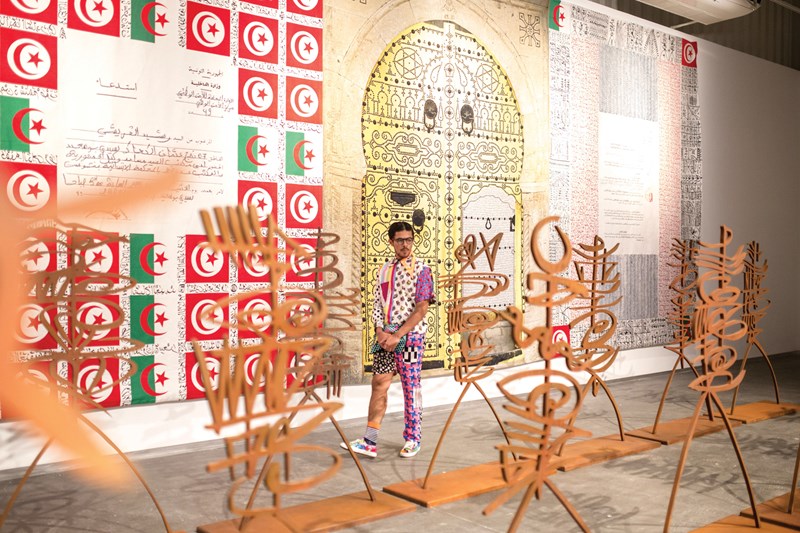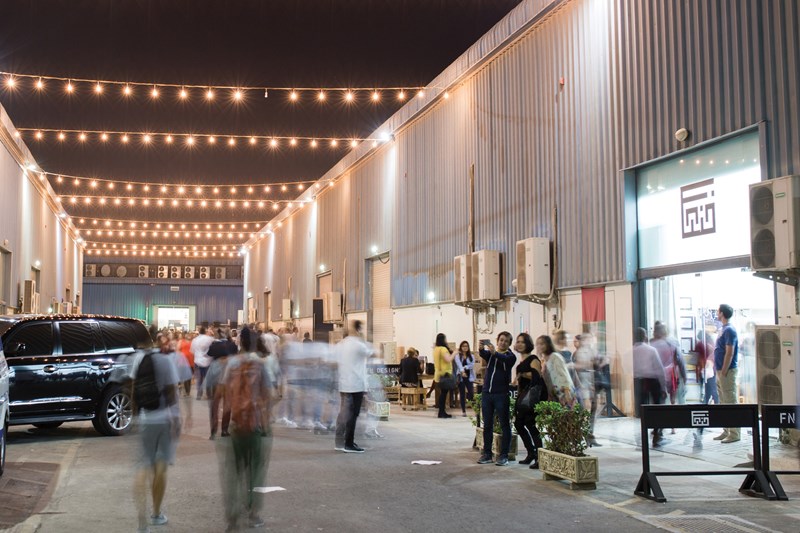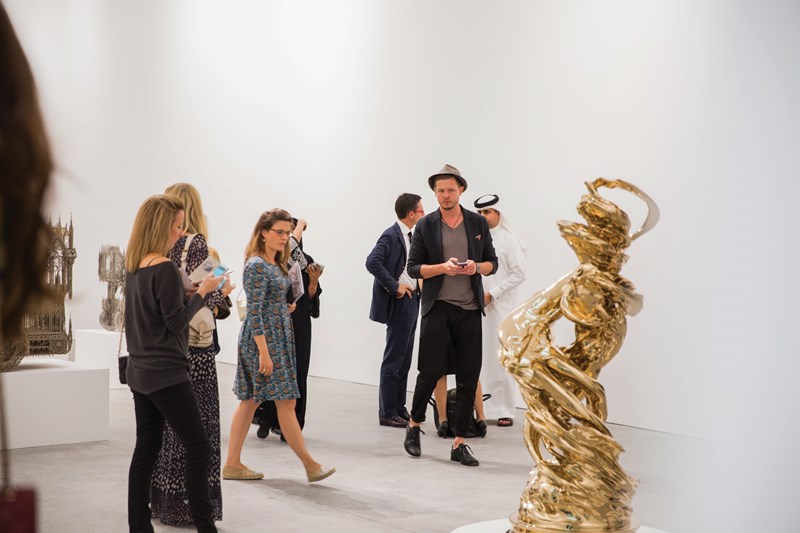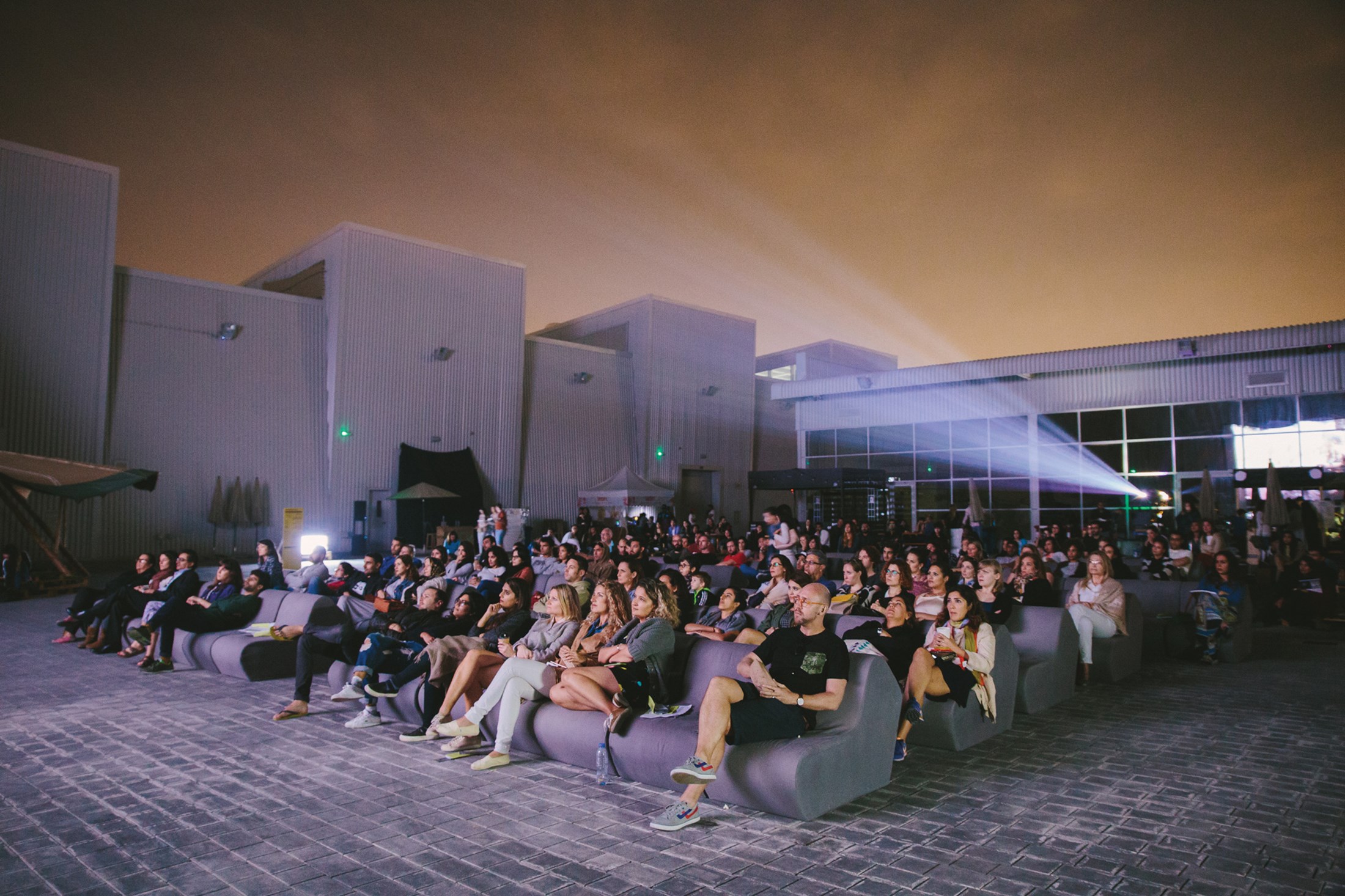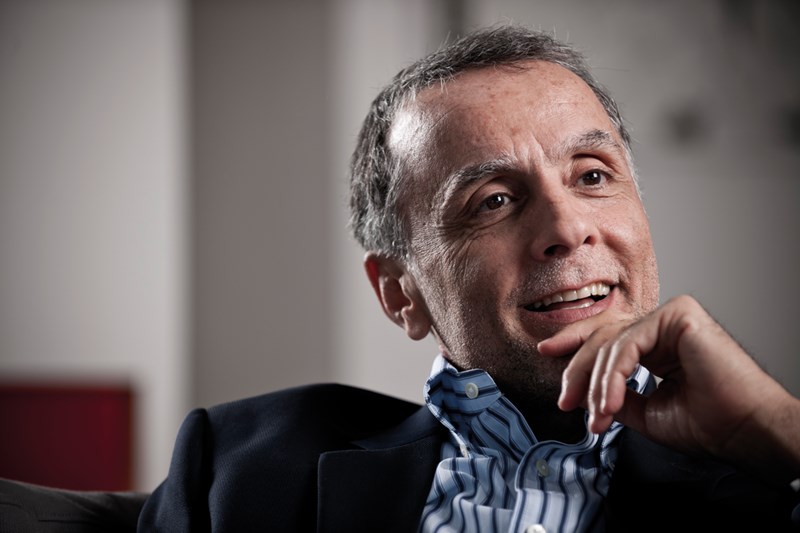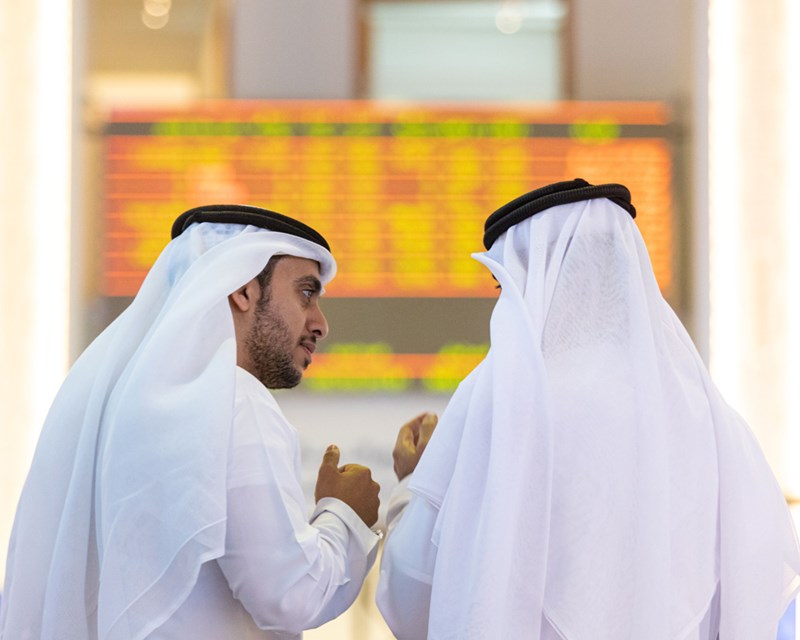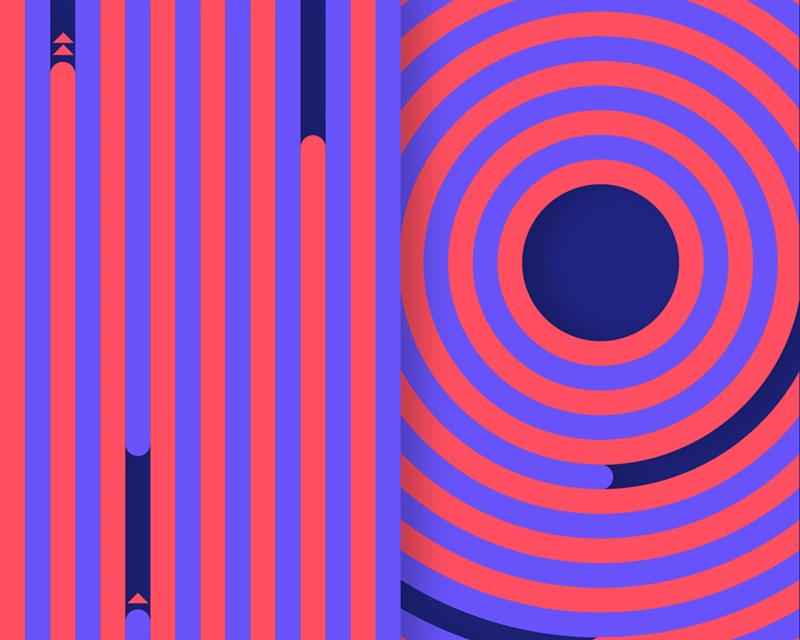Al Quoz industrial zone is not the first place you’d look for Dubai’s brightest and edgiest arts district. But amid the gritty cacophony of auto-repair shops, grimy factories, storage hangers and concrete plants, that’s exactly what you’ll find. Barely a decade after its launch, Alserkal Avenue has become the urban nerve centre of Dubai’s arts scene: an explosion of galleries, studios, workshops, pop-up projects and more, housed in a dense grid of repurposed warehouses.
It’s a leap, says founder Abdelmonem bin Eisa Alserkal, from the days when the city’s cabs struggled to find it. “At least people can locate it now,” he laughs.
In fact, Alserkal is a testimony to slow, organic growth. In an abrupt departure from the identikit economic clusters that sprung, fully formed, across Dubai in its boom years, it has unfurled gradually as a noisy hub for the city’s creatives.
It was born in 2007, when Abdelmonem – whose family owns the site – began to rent lots to galleries and other cultural enterprises. The purpose was “to give a base to the local artists and mediums that commercial galleries traditionally didn’t support,” he explains; a break with the art scene’s existing, market-orientated dynamic. “We wanted to create a global platform for art in and from the region.”
It’s for this reason that Alserkal’s focus is curatorial rather than commercial. Local lights such as The Third Line sit alongside global heavyweights Waddington Custot, and offbeat upstarts such as TheJamJar, a DIY painting studio. A subsidised rental system means the avenue is one of only a few spots in Dubai where early-stage or fringe artists and nonprofits can gain exposure.
“I always say we like to take risks on the risk-takers,” says Abdelmonem. “I believe in people who are passionate about what they do. I think the city needed this scene, and this community.”

